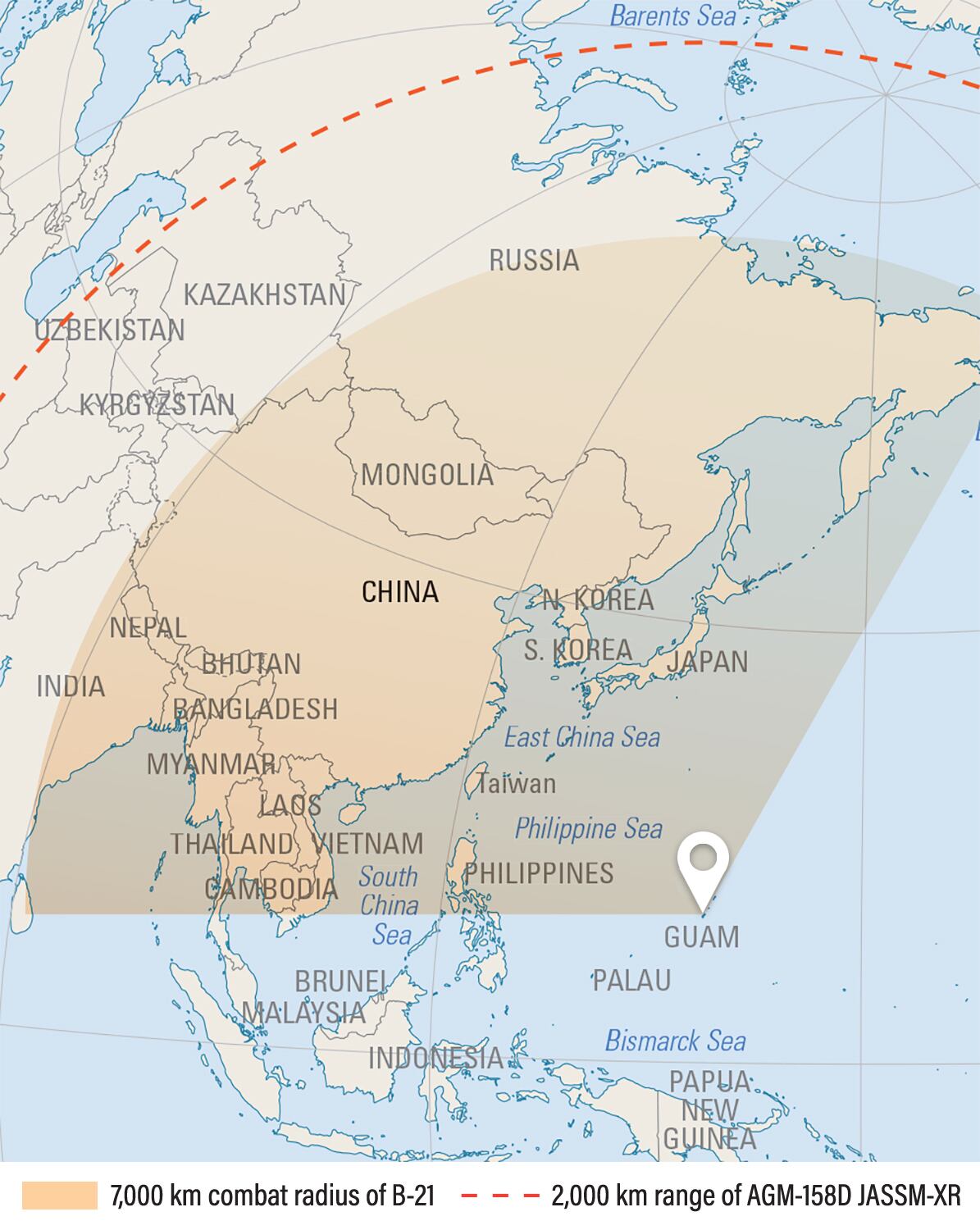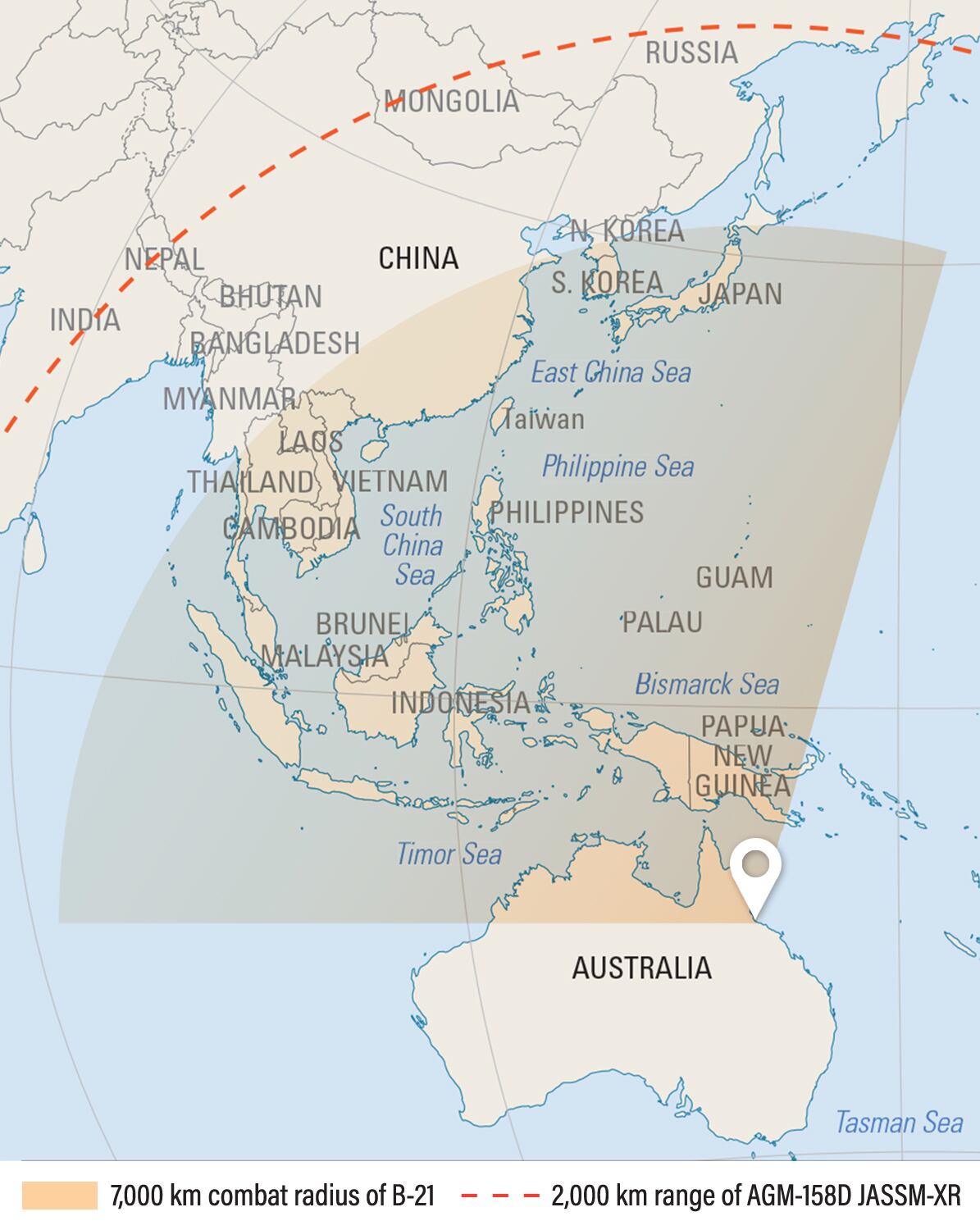WASHINGTON — Nations in the Asia-Pacific are growing their missile arsenals, but the development of long-range capabilities may help stabilize the region, according to a report by the International Institute for Strategic Studies.
The London-based think tank released its take on the region’s balance of power, noting the growth in arms could boost deterrence against potential Chinese military offensives.
China has in recent years stepped up military activity around neighboring Taiwan, which Beijing considers a rogue province and has threatened to take back by force. While the United States officially maintains its one-China policy, it also provides arms to the island nation.
“That’s been our policy for as long as I can remember, and it remains our policy,” U.S. Secretary of State Antony Blinken said Tuesday. “And again, it’s a policy that ensures to the best of our ability that we have peace, that we have stability, that we don’t have a status quo that’s disrupted in ways that are going to have repercussions for everyone around the world.”
As a means of ensuring regional stability, the report specifically pointed to the U.S. Air Force’s B-21 Raider, a bomber currently in development by Northrop Grumman.
The first Raider, unveiled a little over a year ago, flew to Edwards Air Force Base, California, in November 2023 to undergo flight testing. Initial delivery to the service is expected in the mid-2020s.
The IISS report offered four possible basing locations for the B-21 in the Asia-Pacific — one in Guam and three in Australia — based on its own analysis, information from the U.S. and Australian militaries, and Lockheed Martin.
In addition, a variant of the Joint Air to Surface Standoff Missile, dubbed AGM-158D JASSM-XR, with a range of up to about 1,118 miles, is scheduled to begin delivery in February 2027, the report noted.
“Designed to defeat modern air-defence systems and attack fixed targets, the JASSM and its variants can be launched from most USAF-crewed combat aircraft but are particularly potent when launched from long-range bombers,” it stated. “The prospect that the future B-21 Raider very low-observable bomber might also be equipped with variants of the JASSM will also potentially significantly extend the USAF’s ability to project power at long ranges while remaining undetected.”
Here’s the reach these scenarios provide the U.S. Air Force:




Chris Martin is the managing editor for Defense News. His interests include Sino-U.S. affairs, cybersecurity, foreign policy and his yorkie Willow.



